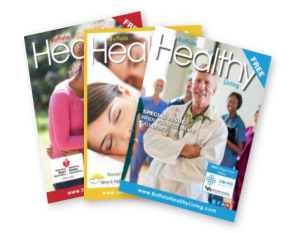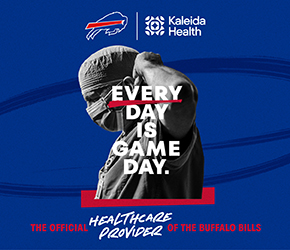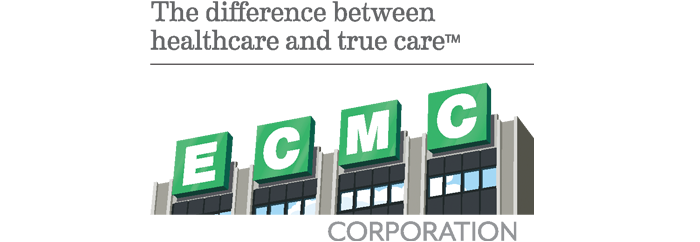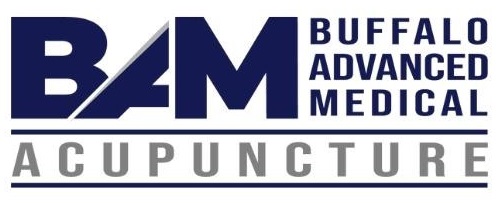What is Sudden Cardiac Arrest?
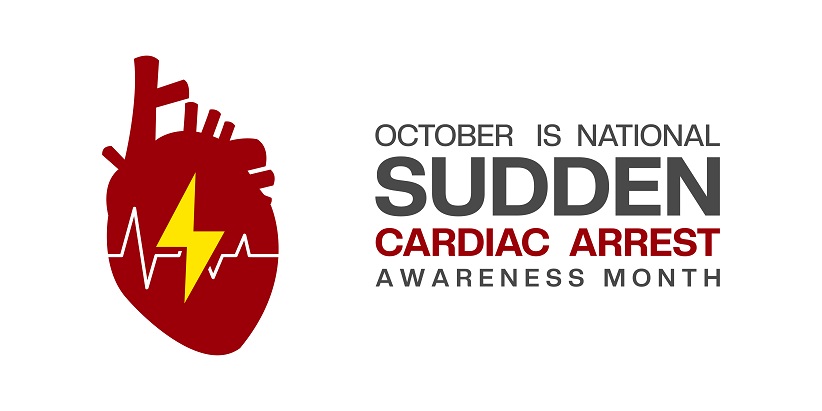
Sudden cardiac arrest (SCA) is a serious, life-threatening emergency that occurs when the heart suddenly and unexpectedly stops beating. This is caused by an electrical problem in the heart, leading to an irregular heartbeat (arrhythmia) that prevents the heart from pumping blood to the brain and other vital organs. Immediate medical assistance, including cardiopulmonary resuscitation (CPR) and the use of an automated external defibrillator (AED), is crucial for survival. Although people often confuse the terms, cardiac arrest and a heart attack are two different events.
- Cause: Cardiac arrest is an electrical problem, while a heart attack involves a circulation issue.
- Blood flow: During a heart attack, blood flow to part of the heart muscle is blocked, but the heart usually continues to beat. In cardiac arrest, the heart stops pumping blood completely.
- Sequence of events: A heart attack can sometimes trigger an electrical malfunction that results in sudden cardiac arrest.
Most cardiac arrests happen because of abnormal heart rhythms, with ventricular fibrillation being the most common cause. Conditions that can lead to SCA include:
- Coronary artery disease (CAD): The buildup of plaque in the heart’s arteries can increase the risk of heart problems and electrical failure.
- Heart Attack: A heart attack can harm the heart muscle, creating scar tissue that interferes with the heart’s electrical signals.
- Cardiomyopathy: This condition, which causes the heart muscle to stretch or thicken, increases the risk of abnormal heart rhythms.
- Congenital heart disease: Heart defects present at birth can lead to SCA in children and teenagers.
- Inherited disorders: Genetic conditions like Long QT syndrome and Brugada syndrome can impact the heart’s electrical system and lead to dangerous arrhythmias.
- Other factors: Additional causes may include severe physical stress, significant blood loss, electrocution, or drug use.
For many people, SCA occurs suddenly and without warning. However, some may notice symptoms days or even weeks before an event, including a sudden collapse and loss of consciousness; no pulse; no breathing or abnormal gasping; sudden dizziness or lightheadedness; unexplained shortness of breath; chest discomfort or pain; and a racing or fluttering heartbeat (palpitations).
Immediate action is vital during sudden cardiac arrest. Survival odds drop roughly 10% each minute without intervention. Follow these steps:
- Call 911 immediately.
- Start CPR with quick, firm chest compressions.
- Use an AED immediately when available. This device can deliver an electric shock to restore a normal heart rhythm.
For those who survive cardiac arrest, long-term care and recovery are crucial. This may involve hospital treatment to address the root cause and rehabilitation to reduce potential brain damage from oxygen deprivation. For medical advice or diagnosis, consult a healthcare professional.








